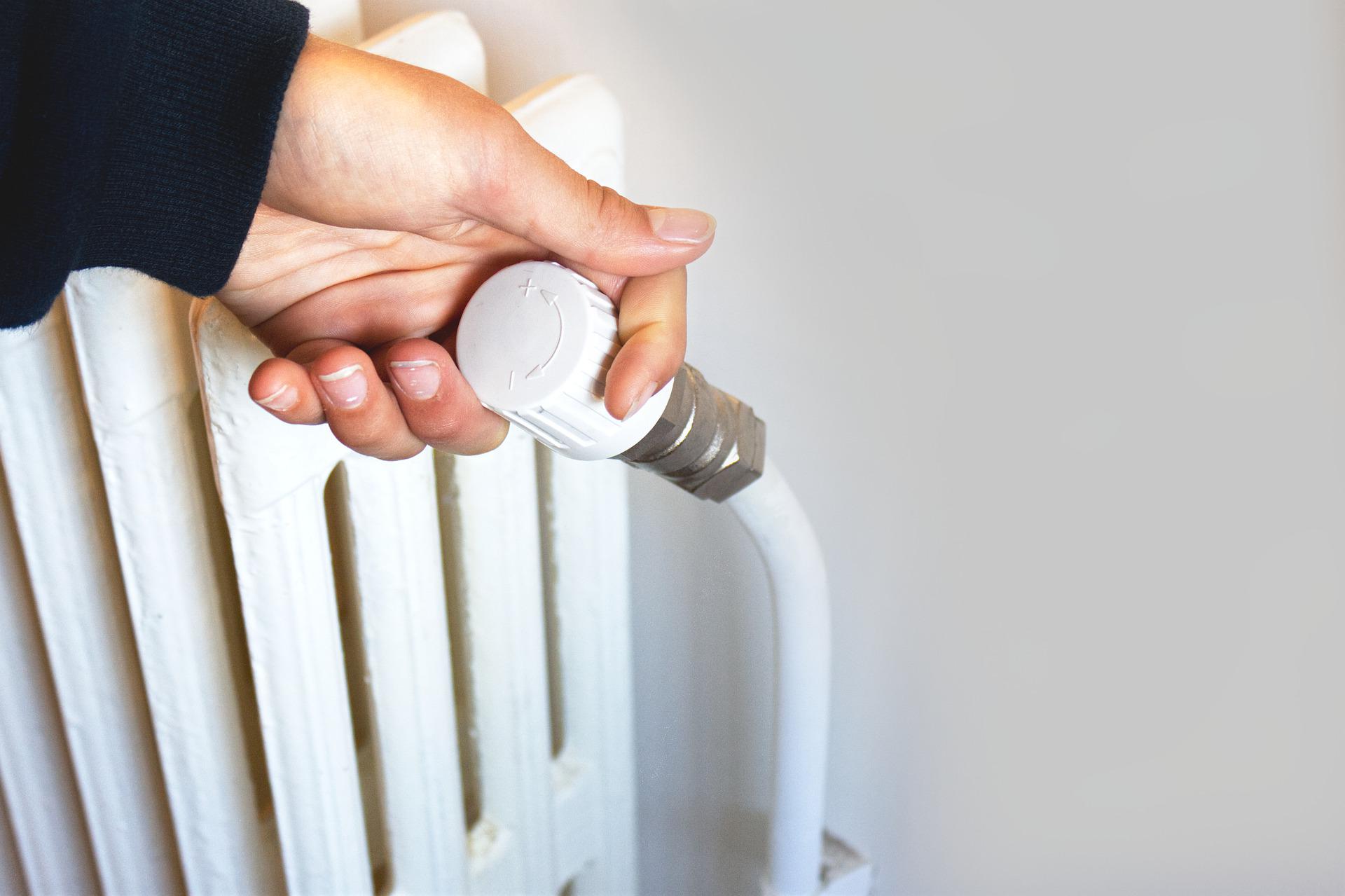Dress warmly or pay up: heating costs are rising sharply. But energy can still be saved in most households. Here are a few tips guaranteed not to mean a loss of comfort.
The time has come: we turn up the heaters. And with it, our energy costs may rise immeasurably. But we can improve our situation: Almost everyone can save some heating energy without freezing. Some savings measures even increase comfort.
Tip 1: Keep radiators free
Look around your rooms: Can the heat spread well from the radiators? If curtains hang over them or furniture stands in front of them, this impedes the heat dissipation to the room air. Because then the heat accumulates behind these obstacles, and the room remains cool.
Consumer centers advise that a sofa should be at least 30 centimeters from the heater. Radiator coverings should also be avoided.
By the way: If it seems colder than 20 degrees at home, even though the heating is set accordingly, this may be because the thermostatic valves are covered. In this case, they cannot correctly sense the room temperature and incorrectly regulate the heat output.
Tip 2: Spring instead of summer temperatures in the room
Reaching for a warmer sweater instead of a T-shirt is a good and easy way to save money at home. According to the non-profit consulting company CO2-Online, even one degree less reduces heating costs by an average of around six percent.
What you can also make clear: You often overheat the room. For example, the recommendations for good heating and comfort temperatures are well below the highest levels 4 and 5 on the mechanical thermostat. For example, the Federal Environment Agency, among others, advises a rather spring-like 20 degrees in the living rooms during the day (level 3). Since one produces warmth in the kitchen when cooking and baking anyway, a setting of the thermostat to 18 degrees (level 2 to 3) is already sufficient here, in the bedroom with warm blankets to cuddle under 17 degrees (likewise level 2 to 3).
Also, heating breaks bring something: At night, one can lower the heat regulation to around 5 degrees, and with short absences, the room temperature is also at 18 degrees.
Tip 3: Short intermittent ventilation
Even on bitterly cold days, airing must be done regularly. Otherwise, mold will form in the rooms. Not to mention that we feel better with fresh air. But it is enough to open the windows only briefly – then tilt, bump, or even cross-ventilate. So best even for opposite windows to open so that a draught pulls by the area or whole parts of a dwelling and exchanges the air faster.
The non-profit consulting company co2online advises ventilating three to four times a day in this way. On the coldest days, for about 5 minutes, in the fall for about 10 to 15 minutes. Not only the tiny air exchange in a short time speaks against the tilting position. If you leave the windows open for longer, the walls around the windows cool down, which draws additional heat from the rooms.
Tip 4: Close doors
This tip is obvious, but we often forget it keep room doors closed. Keeping doors closed between heated and unheated rooms saves on heating costs. Of course, this also applies to entrances to the hallway, basement, and attic. According to the campaign “80 million together for the energy transition”, savings of up to five percent are possible.
It is also harmful to heat cold rooms with open doors when a room has become too warm: this usually results in hardly any heat, but all the more humidity in the cool room. And that can promote mold on the colder walls.
Source: ntv.de, awi/dpa/picture: Bild von Etadly auf Pixabay
This post has already been read 1444 times!



